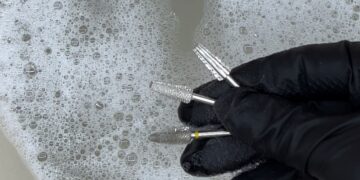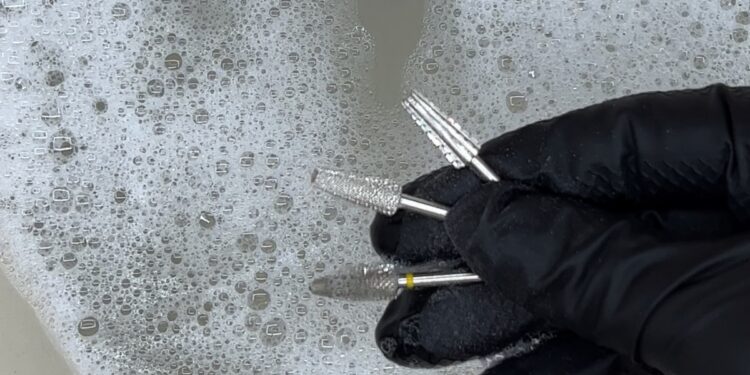Understanding the Importance of Sanitation in Nail Salons
Nail and beauty businesses handle numerous clients daily, underscoring the critical need for maintaining a clean and hygienic environment. Proper sanitation, disinfection, and sterilization are not just recommended practices; they are essential to ensuring client safety and business credibility. Despite this, oversights in cleanliness can occur, particularly during busy periods or with long-time clients. Nail professionals must be well-informed about the correct practices to avoid potential health hazards.
Common Misconceptions in Salons
One prevalent myth is that tools need to be continuously soaked in solutions like Barbicide for effective disinfection. This can actually damage the tools and is not necessary. Each state or country might have distinct regulations, and it’s essential to stay updated on guidelines from professional organizations and governing bodies.
The Three Pillars: Sanitation, Disinfection, and Sterilization
Sanitation
Sanitation involves physically removing organic matter to reduce bacterial and viral presence. This essential first step can include washing hands, using cleaning sprays, or washing tools in warm soapy water. Ensuring that e-file bits and other tools are cleaned with a wire brush and soapy water between clients is crucial. Having multiple sets of tools allows for cleaning one set while using another.
Disinfection
Disinfection kills microorganisms on surfaces and tools and should be done with approved solutions. Tools should be fully submerged in the disinfectant for the manufacturer’s recommended time, typically using a tray rather than a jar to avoid dulling the tools. Many reputable brands offer training on their disinfectant products, ensuring proper use and safety.
Sterilization
Sterilization completely eliminates all microbial life from instruments. For metal tools like pushers, scissors, and nippers, this often means using autoclaves or UV sterilizers. While not required everywhere, adhering to local mandates can be important. To prevent tool discoloration from repeated sterilization, use stainless steel instruments.
Preventing Rust and Following Manufacturer Guidelines
Preventing Rust
Rust can occur when tools are exposed to moisture for extended periods. This is avoidable by ensuring tools are properly dried after cleaning and disinfection. Environmental factors, like humidity, can also contribute to rust, so storing tools in a dry area is crucial.
Importance of Manufacturer Guidelines
Following manufacturer instructions ensures the longevity and effectiveness of tools. Missteps like leaving tools submerged longer than recommended can lead to damage. It’s vital to adhere strictly to submersion times and drying techniques to prevent rust and maintain tool quality.
Single Use Items and Protection During Cleaning
Reuse vs. Disposal
Single-use items such as nail files, cotton wool, and sanding bands should be discarded after each use. These items should not be reused, even for the same client, as they cannot be safely sanitized. The cost of these should be calculated into service pricing.
Safe Cleaning Practices
Adhering to safety standards when using biocidal products is essential. Requirements include wearing PPE, following storage and disposal guidelines, and thoroughly rinsing tools to prevent skin irritation. Proper sanitation protocols ensure a safe environment for clients and professionals alike.
Conclusion
By incorporating effective sanitation, disinfection, and sterilization practices, nail professionals can maintain a safe and hygienic salon environment, protecting clients and prolonging the life of their tools. Regular education and compliance with local guidelines are key to achieving these goals.

























